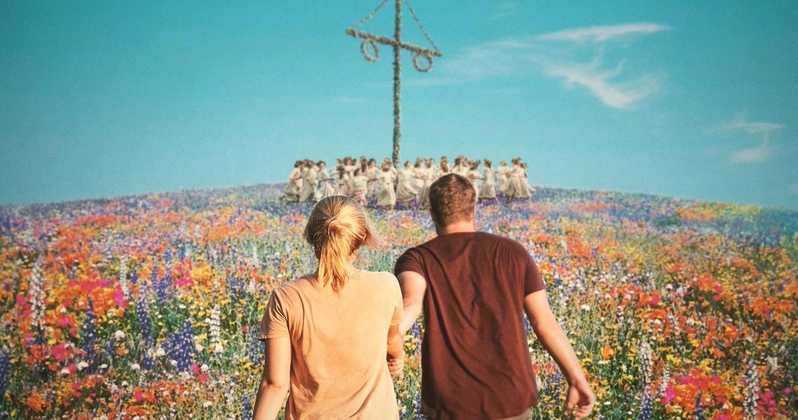
For longtime genre fans there’s nothing terribly new about the folk horror subgenre. With recent popular slowburn gems like Robert Eggers’ The Witch (2016) and Ari Aster’s Midsommar (2019) generating new interest in these films, terrifying freakouts based on folktales and capitalizing on religious horror that includes archaic early Christianity, unsettling pagan traditions, antiquated rituals, and an irrational fear of femininity, sexuality, and other “demonic” influences.
It’s fair to say we’re currently in the midst of a folk horror revival. The following list, which only contains a scant 10 titles, nevertheless represents a solid base along with the essential seminal works in this richly rewarding and truly terrifying horror subgenre. So move ahead with caution, for frightening discoveries await you in the dark.
10. The Lair of the White Worm (1988)
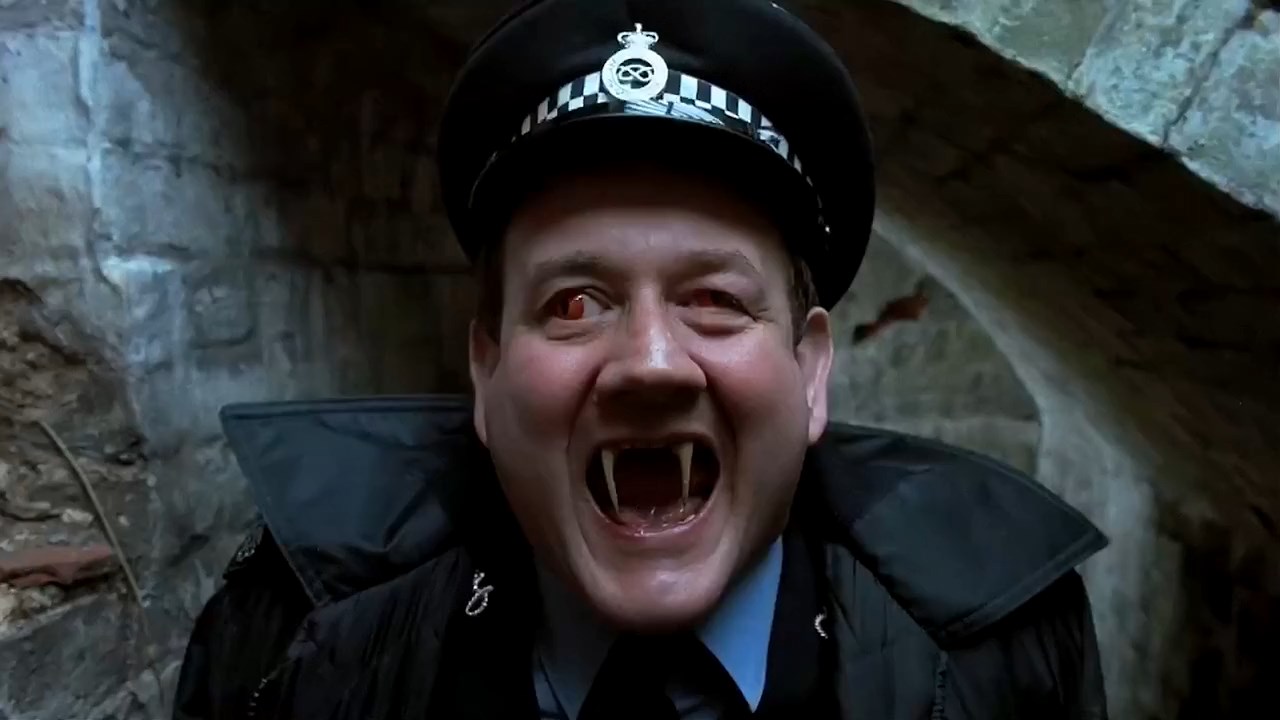
Pioneering Brit filmmaker Ken Russell’s rollicking little post-psychedelic headtrip picture The Lair of the White Worm is often overlooked when discussing his considerable canon, and as far as this list of folk horror films is concerned it is a crying shame.
Loosely based on the 1911 novel by Bram Stoker, and inspired by the eerie English folk legend of the Lambton Worm, this late 1980s gem concerns farm owner Even Trent (Catherine Oxenberg) and her sister Mary (Sammi Davis), who, along with an amicable young archaeologist named Angus Flint (Peter Capaldi) discover a large and inexplicable snake skull on their property. Angus deduces this rare artifact must have belonged to the D’Ampton Worm, a mythical beast said to have been slain generations ago by the famed ancestor of the current Lord D’Ampton (Hugh Grant).
It’s not long before the predatory and yet oh so seductive Lady Sylvia Marsh (Amanda Donohoe) is taking an unhealthy interest in both the virginal Eve, and the wholesome Angus, heavily hinting that the vicious D’Ampton Worm may still be alive, and angry, too.
A winning combination of playful folk horror and clever black comedy, this is one shocking, silly, and sexy slice of Russell-brand blasphemy that needs to be seen to be believed. You’re welcome.
9. The Devil Rides Out (1968)
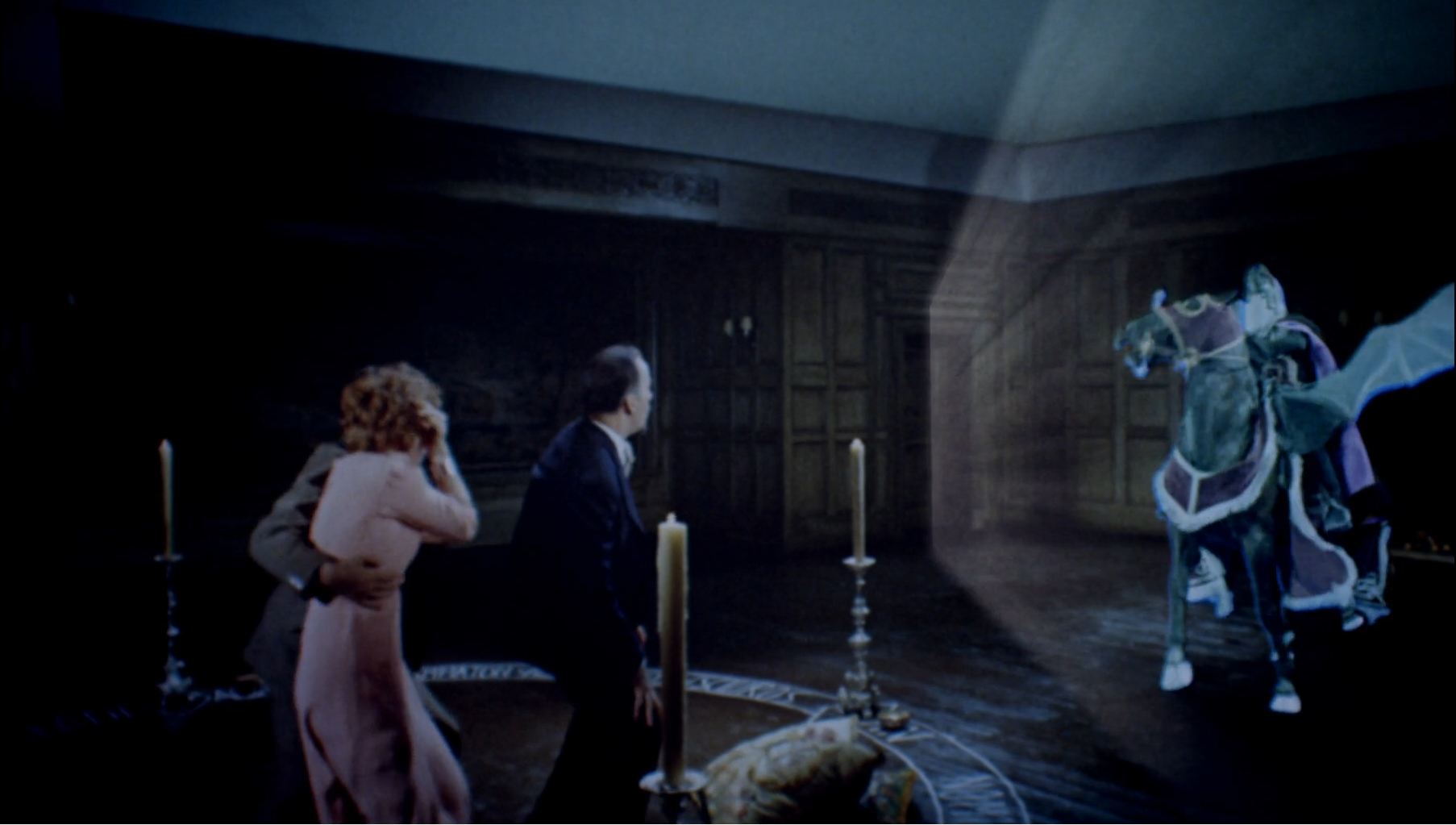
Based on the 1934 Dennis Wheatley novel, director Terence Fisher (The Curse of Frankenstein) and screenwriter Richard Matheson (best known as the author of the classic 1954 sci-fi horror novel “I Am Legend”) made The Devil Rides Out for Hammer Films, an effective fright film that finds one Duc de Richleau (Christopher Lee) trying to outwit some occultist initiates out to summon God’s Fallen Angel.
Frequently regarded as one of the most frightening films in the Hammer canon, it was released the same year as the similarly themed occult classic from Roman Polanski, Rosemary’s Baby, though Fisher’s is on a much smaller scale, more tied to the folk horror side of things, and with more of an interest in melodrama.
A fascinating freakout, it may not feel as modern as Polanski’s picture, and it lacks that film’s mental anguish, it still provokes some startling sequences, stirring setpieces and genuine creepiness, as when cruel cult leader Mocata (Charles Gray) intones, “I won’t be returning – but something else will!”
8. Apostle (2018)
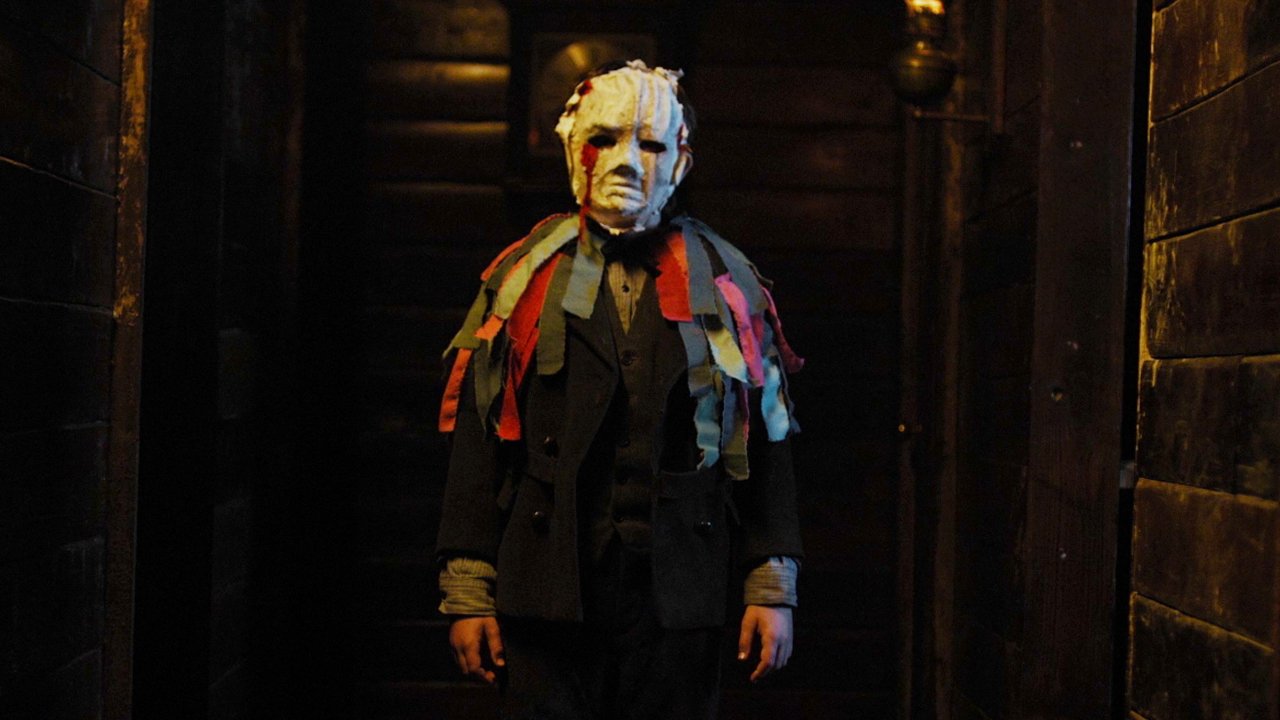
Gareth Evans proved his mettle in the action genre with The Raid (2011), and The Raid 2 (2014) and hinted at a gift for horror with his segment in V/H/S/2 (2013), and with the nerve-jangling nightmare Apostle he cements it. Evans can direct the scary stuff with the best of them.
Set around the turn of the last century in 1905, Apostle finds a desperate Thomas Richardson (Dan Stevens) in search of his missing sister, Jennifer (Elen Rhys), believed kidnapped by cultists after a ransom. Thomas’s investigation brings him to a remote Welsh island where adherents worship a dark goddess.
Evans, who also wrote the film, takes his time letting this dark and enveloping tale set a sinister tone and a detailed cosmology, and by the time a hand-cranked skull drill is deployed on one of the film’s most sympathetic characters, you’ll be lost in the carefully constructed and deeply mysterious world. The Apostle is an absorbing, harrowing, and intense occult fable. Seek it out.
7. The Blood on Satan’s Claw (1971)
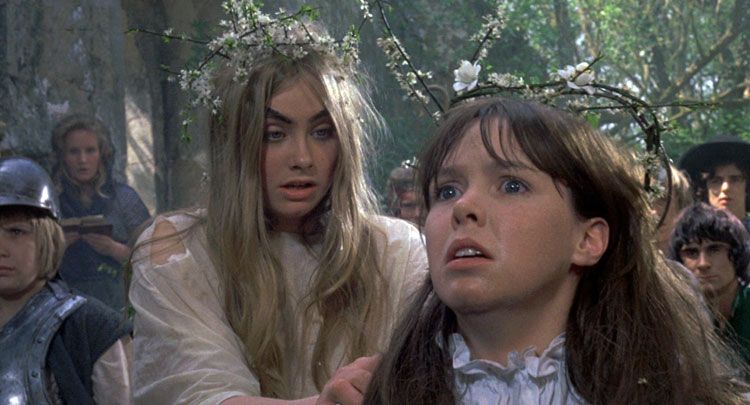
A secluded small town in puritanical England of the early-17th-century is the setting for British director Piers Haggard’s influential cult horror picture The Blood on Satan’s Claw, also released as Satan’s Skin (Haggard’s preferred title). This occult-themed drama, eerie from the first frame, is often considered one of the folk horror subgenre’s earliest successes, depicting an almost entrenched cosmic evil that permeates the very soil upon which England sprang.
A mysterious corpse, deformed and mutilated, is discovered by a peasant farmer named Ralph Gower (Barry Andrews) as he tills his field. Shortly afterwards the local teens begin behaving in bizarre and troubling ways. Leading the teenage rabble is Angel Blake (Linda Hayden), who becomes utterly convinced that the corpse was formerly possessed and participated in Satanic rites.
Other townies are also swept up in this paranoia, including a bonny young lass named Rosalind Barton (Tamara Ustinov) who, horror of horrors, grows a claw, and children of the town, acting out bizarrely, also sprout patches of fur, further raising tensions in the superstitious community.
Part of what’s been dubbed the “unholy trinity” of early British folk horror classics (along with The Wicker Man and The Witchfinder General, both further on down this list), The Blood on Satan’s Claw was only a modest success upon release, but the years have been kind to this unsettling little nightmare.
6. The Witch (2016)
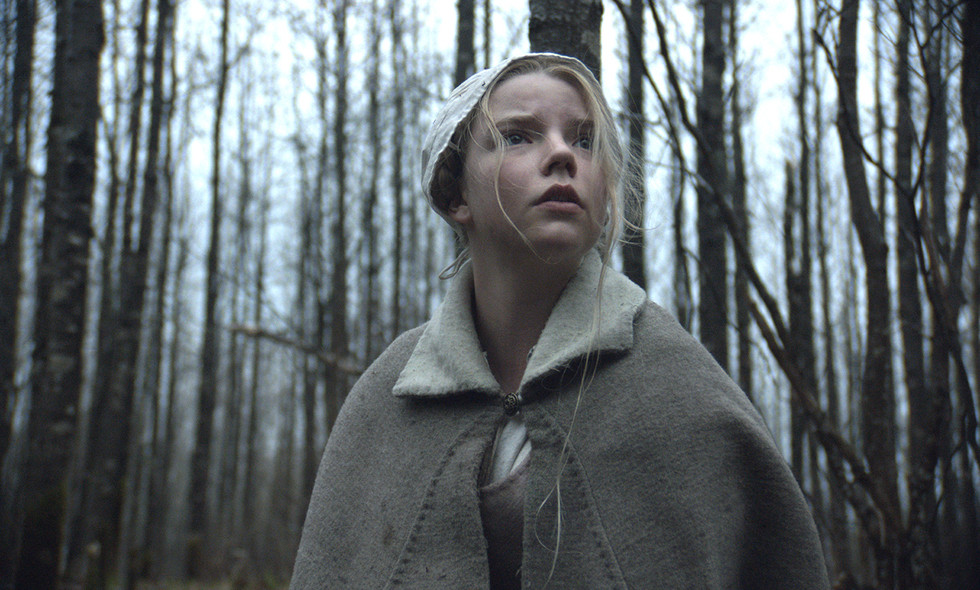
With perfect period detail and unsettling slow-burning aplomb, writer/director Robert Eggers’ directorial debut The Witch is in the chilling tradition of William Friedkin’s The Exorcist (1973) as fearsome religiosity mingles with stiff-necked puritanical fear.
Eggers carefully constructs this tale of folk terror in 17th Century New England where we are introduced to young Thomasin (Anya Taylor-Joy), who lives with her parents and siblings in a remote farm, where their closest neighbors are Puritans who view the New Testament differently than they, and so they are essentially ostracized from their community.
When Thomasin’s baby brother goes missing the family fears he may have been abducted by a witch and then before you know it the family goat, Black Phillip, is apparently speaking some fucked up shit to Thomasin’s creepy younger twin siblings.
As the slow-burning yarn skillfully unspools, the viewer is utterly immersed in a repressive, claustrophobic, and deeply chilling tale. The production design adds great depth to the story, as do the strong performances, effective and authentic Jacobean dialect, the supremely unsettling sequences with witchcraft –– and the monotheistic Christian beliefs of Thomasin’s clan aren’t any cheerier –– making for a genre experience that really is quite unique.
The Witch is an original and upsetting historical horror film with ample frights instigated by a repressive society, a fear of feminine principles, misused power, and a climax that’s both devastating and shocking.